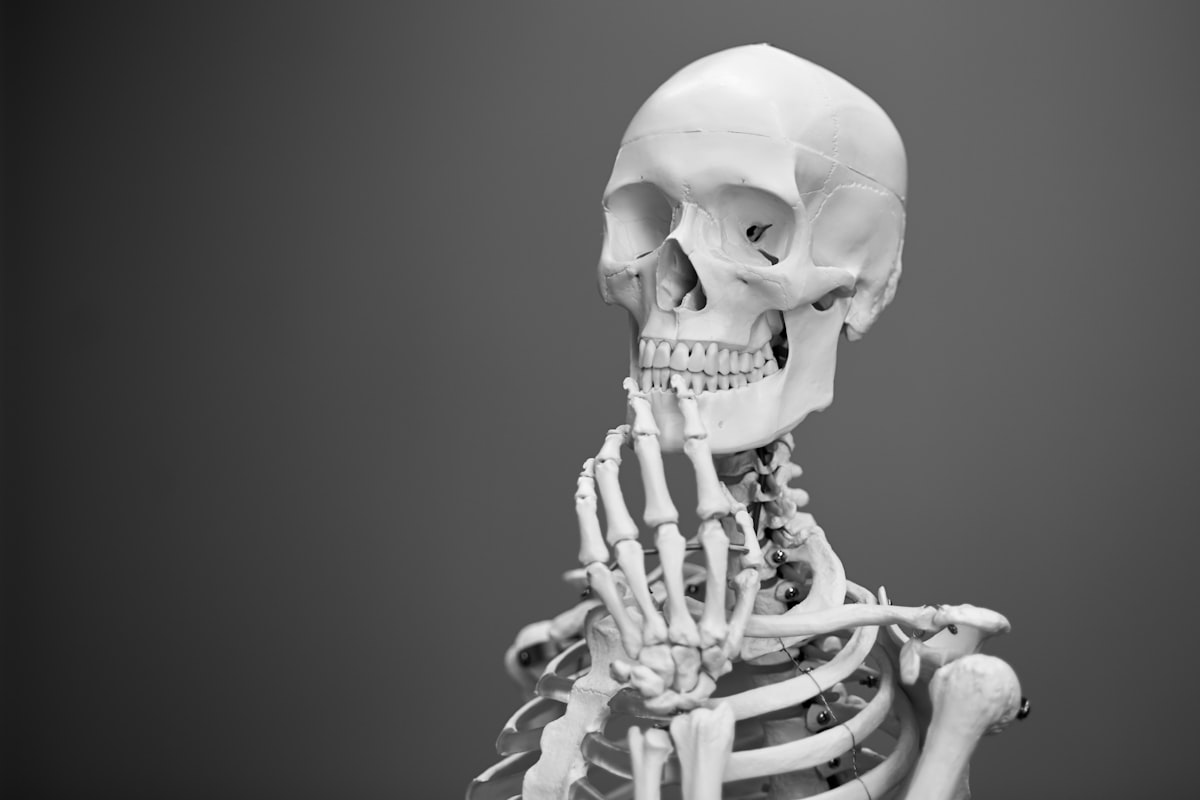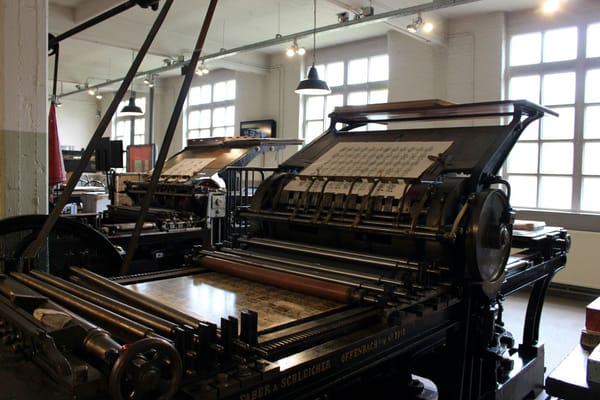The Skeletal System

The skeletal system is the backbone (literally) of the entire body. It gives our bodies the shape that they have, it stores minerals, it helps us move, it protects our organs, and it produces blood cells. There are six main parts of the skeletal system:
- Bones are the part of your body that make up the basic structure of the skeleton.
- If bones are the structural support, then Muscles are the powerhouses. They help you swallow food, walk, run, jump, and do all sort's of other activities.
- Cartilage is a tissue that acts like an absorber for shocks. Cartilage, when ripped, can be regenerated by the human body.
- Ligaments are yet another brand of tissues. They connect different bones and act like a type of glue.
- Tendons have the same purpose as ligaments, except they connect muscles instead of bones.
- Joints are the places where bones meet.
The bone marrow, the core of every bone, is used as a factory to create red and white blood cells.
- Red blood cells are specialized to carry air to different parts of the human body, such as the brain.
- White blood cells are like small factories that produce antibodies to defend us.
All bones consist of three types of specialized cells:
- Osteoblasts are bone-forming cells.
- Osteoclasts are bone-resorbing (they break down old or damaged bone tissue) cells.
- Osteocytes are mature bone cells that are formed from osteoblasts.
Works Cited:
“Difference Between Red Blood Cells and White Blood Cells.” BYJUS, byjus.com/biology/difference-between-rbc-and-wbc. Accessed 4 Mar. 2024.
@ClevelandClinic. “What Is the Skeletal System?” Cleveland Clinic, my.clevelandclinic.org/health/body/21048-skeletal-system. Accessed 4 Mar. 2024.
Tamang, Sanju. “Bone Cells: Types, Structure, Examples, Functions.” Microbe Notes, 4 Mar. 2024, microbenotes.com/bone-cells.




